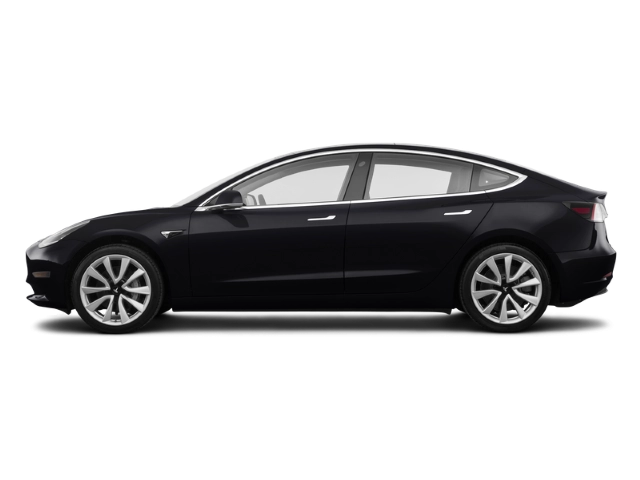2020 Tesla Model 3 Owner's Manual

Table of Contents
2020 Tesla Model 3 Overview
Introduction
The 2020 Tesla Model 3 represents a remarkable evolution in the electric vehicle market, blending cutting-edge technology with sleek design and impressive performance. As Tesla's most accessible sedan, the Model 3 makes zero-emission driving attainable for a broader audience while continuing the brand's commitment to sustainability and innovation. With its futuristic aesthetics, seamless user experience, and unparalleled safety ratings, the Model 3 is a testament to Tesla's vision of a cleaner, greener future on the roads.
Powertrains
The 2020 Model 3 is available in three distinct powertrains: the Standard Range Plus, Long Range, and Performance. The Standard Range Plus offers an estimated range of 250 miles on a single charge, powered by a rear-wheel-drive configuration. For those seeking extended travel capabilities, the Long Range version delivers up to 322 miles, featuring dual motors for all-wheel drive. Finally, the Performance trim not only boasts a range of 299 miles but also accelerates from 0 to 60 mph in just 3.2 seconds, providing an exhilarating driving experience.
Trims
The Model 3 comes in three trims: Standard Range Plus, Long Range, and Performance. Each trim offers unique characteristics and performance metrics, ensuring an option for every type of driver. The Standard Range Plus focuses on affordability and practicality, while the Long Range variant caters to those prioritizing distance and capability. The Performance trim is designed for enthusiasts who crave speed, agility, and a sportier driving experience.
Features
The 2020 Model 3 is equipped with advanced features that enhance comfort, safety, and connectivity. Key highlights include a minimalist interior with an expansive touchscreen display, over-the-air software updates, Autopilot capabilities for semi-autonomous driving, and a premium sound system. Safety features also stand out, with top ratings from regulatory agencies, making the Model 3 one of the safest cars on the road.
Owner's Manual
The owner's manual for the 2020 Tesla Model 3 serves as a comprehensive guide to understanding and maximizing the vehicle's features and capabilities. It includes essential information on vehicle operations, maintenance tips, troubleshooting advice, and safety protocols, ensuring that owners are well-equipped to enjoy a seamless driving experience in their Tesla.
User manual download
The Tesla Model 3 owner manual for the 2020 model year is to be found in PDF downloadable format on this page. The owner manual for the model year 2020 is free and in English, but the repair manuals are usually not easy to get and may cost more.
Manual Questions
Fill the form below and someone will help you!

